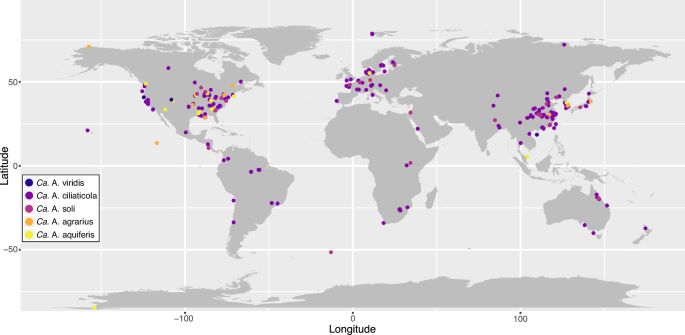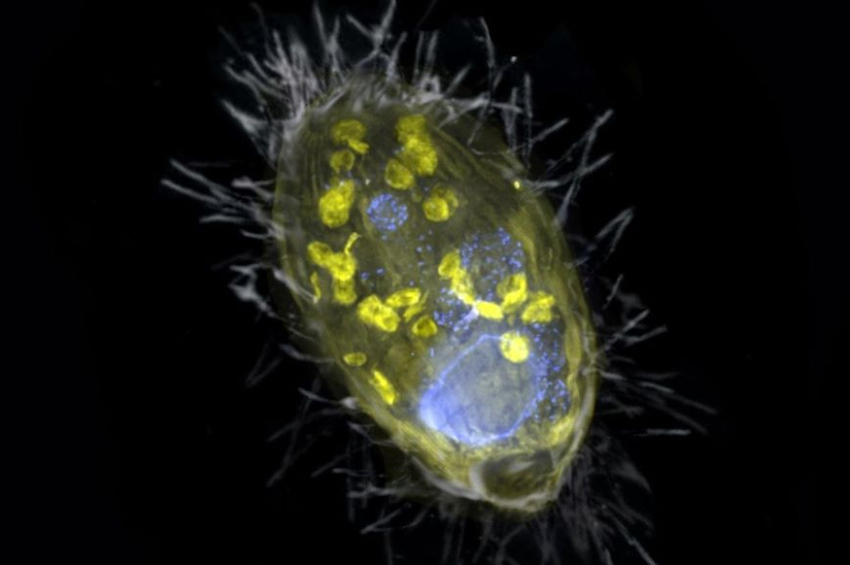Scientists discover bacteria breathing nitrates instead of oxygen
In a breakthrough that reshapes our understanding of microbial life and its role in global ecosystems, scientists have uncovered a unique form of symbiosis: bacteria that generate energy by "breathing" nitrate instead of oxygen — and they're far more widespread than previously thought.
First identified in 2021 by researchers at the Max Planck Institute for Marine Microbiology in Germany, the unusual microbes live inside ciliates — single-celled eukaryotes — and function much like mitochondria. But unlike the oxygen-dependent organelles found in most complex life forms, these bacteria derive energy through denitrification, a process that uses nitrate instead of oxygen.
More to read:
Researchers discover mutant bacteria aboard ISS
The discovery has puzzled the scientists, who need to figure out whether these symbionts are incredibly rare, or they had just evaded detection until now.
To find answers, the team analyzed massive public genetic databases covering samples from a range of environments. The results, which were published in the journal Nature Communications, were stunning: the nitrate-breathing symbionts appeared in over 1,000 datasets spanning every inhabited continent – they are literally everywhere.

Locations where nitrate-breaching bacteria are present. Credit: Nature Communications
The researchers didn’t just find more of the original symbionts. They also identified four entirely new species, two of which belong to a newly named genus: Azosocius — meaning “nitrogen associate,” echoing the original genus name Azoamicus (“nitrogen friend”).
In collaboration with scientists from the Friedrich Schiller University in Jena, the team took a closer look at these new species using metatranscriptomic analysis — a method that reveals active gene expression in environmental samples. It is used by scientists to study gene activity in a community of microorganisms by analyzing the RNA they produce.
More to read:
A species of fungus is capable of turning into carnivorous predator
Surprise again - unlike the original symbionts, which could only survive without oxygen, the new species also had the genetic capacity for aerobic respiration. In other words, they can use oxygen when available. This explains why they are plenty in find oxygen-rich environments.
The findings carry wide-ranging implications. These symbionts influence the nitrogen cycle by removing nitrogen oxides — but in the process, they may also contribute to greenhouse gas emissions such as nitrous oxide.
***
When you send us a coffee-worth amount, you are funding a small, science-loving media outlet. For 1 euro a month, you actually get a subscription to select topics covered from an unbiased point of view, in an easy to crack way to digest. You are also welcome to send as much as you like, any amount is welcome: PayPal office[at]rudeana.com or https://paypal.me/newscafeeu, or https://buymeacoffee.com/newscafe .





![[video] Kawasaki unveils Corleo, a hydrogen-powered robotic horse with AI management](/news_img/2025/04/11/news2_mediu.jpg)
